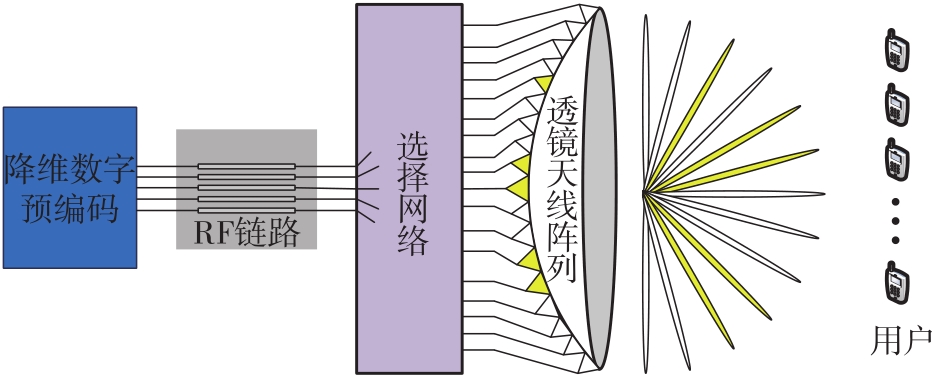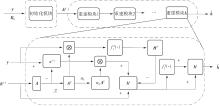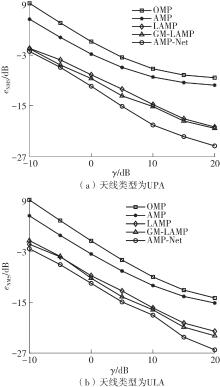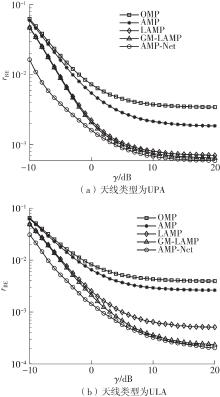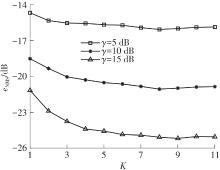| [1] |
HU Xizhi, CUI Bofei, WANG Qin, et al.
Visual SLAM Algorithm Based on Memory Parking Scene
[J]. Journal of South China University of Technology(Natural Science Edition), 2024, 52(6): 1-11.
|
| [2] |
LIU Hao, YUAN Hui, CHEN Chen, GAO Wei.
Point Cloud Geometry Coding Framework Based on Sampling
[J]. Journal of South China University of Technology(Natural Science Edition), 2024, 52(6): 148-156.
|
| [3] |
YANG Chunling, LIANG Ziwen.
Feature-Domain Proximal High-Dimensional Gradient Descent Network for Image Compressed Sensing
[J]. Journal of South China University of Technology(Natural Science Edition), 2024, 52(3): 119-130.
|
| [4] |
ZHENG Juanyi, DONG Jiahao, ZHANG Qingjue, et al.
Reconfigurable Intelligence Surface Channel Estimation Algorithm Based on RDN
[J]. Journal of South China University of Technology(Natural Science Edition), 2024, 52(3): 102-111.
|
| [5] |
ZHOU Lang, FAN Kun, QU Hua, et al.
Forest Fire Recognition by Improved EfficientNet-E Model Based on ECA Attention Mechanism
[J]. Journal of South China University of Technology(Natural Science Edition), 2024, 52(2): 42-49.
|
| [6] |
CHEN Qiong, FENG Yuan, LI Zhiqun, et al.
Semantic-Visual Consistency Constraint Network for Zero-Shot Image Semantic Segmentation
[J]. Journal of South China University of Technology(Natural Science Edition), 2024, 52(10): 41-50.
|
| [7] |
LIU Weipeng, LI Xu, REN Ziwen, et al.
Algorithm for Registration of Multiscale Residual Deformable Lung CT Images
#br#
[J]. Journal of South China University of Technology(Natural Science Edition), 2024, 52(10): 135-145.
|
| [8] |
HU Guanghua, TU Qianxi.
Surface Defect Detection Method for Industrial Products Based on Photometric Stereo and Dual Stream Feature Fusion Network
[J]. Journal of South China University of Technology(Natural Science Edition), 2024, 52(10): 112-123.
|
| [9] |
LI Fang, GUO Weisen, ZHANG Ping, et al..
Prediction Technique for Remaining Useful Life of Bearing Based on Spatial-Temporal Dual Cell State
[J]. Journal of South China University of Technology(Natural Science Edition), 2023, 51(9): 69-81.
|
| [10] |
SU Jindian, YU Shanshan, HONG Xiaobin.
A Self-Supervised Pre-Training Method for Chinese Spelling Correction
[J]. Journal of South China University of Technology(Natural Science Edition), 2023, 51(9): 90-98.
|
| [11] |
LI Jiachun, LI Bowen, LIN Weiwei.
AdfNet: An Adaptive Deep Forgery Detection Network Based on Diverse Features
[J]. Journal of South China University of Technology(Natural Science Edition), 2023, 51(9): 82-89.
|
| [12] |
GUO Enqiang, FU Xinsha.
Dropped Object Detection Method Based on Feature Similarity Learning
[J]. Journal of South China University of Technology(Natural Science Edition), 2023, 51(6): 30-41.
|
| [13] |
ZHAO Jiandong, JIAO Lanxin, ZHAO Zhimin, et al.
A Car-Following Model Driven by Combination of Theory and Data Considering Effects of Lane Change of Side Cars
[J]. Journal of South China University of Technology(Natural Science Edition), 2023, 51(6): 10-19.
|
| [14] |
YE Feng, CHEN Biao, LAI Yizong.
Contrastive Knowledge Distillation Method Based on Feature Space Embedding
[J]. Journal of South China University of Technology(Natural Science Edition), 2023, 51(5): 13-23.
|
| [15] |
ZHAO Rongchao, WU Baili, CHEN Zhuyun, et al.
Graph Neural Network for Fault Diagnosis with Multi-Scale Time-Spatial Information Fusion Mechanism
[J]. Journal of South China University of Technology(Natural Science Edition), 2023, 51(12): 42-52.
|

